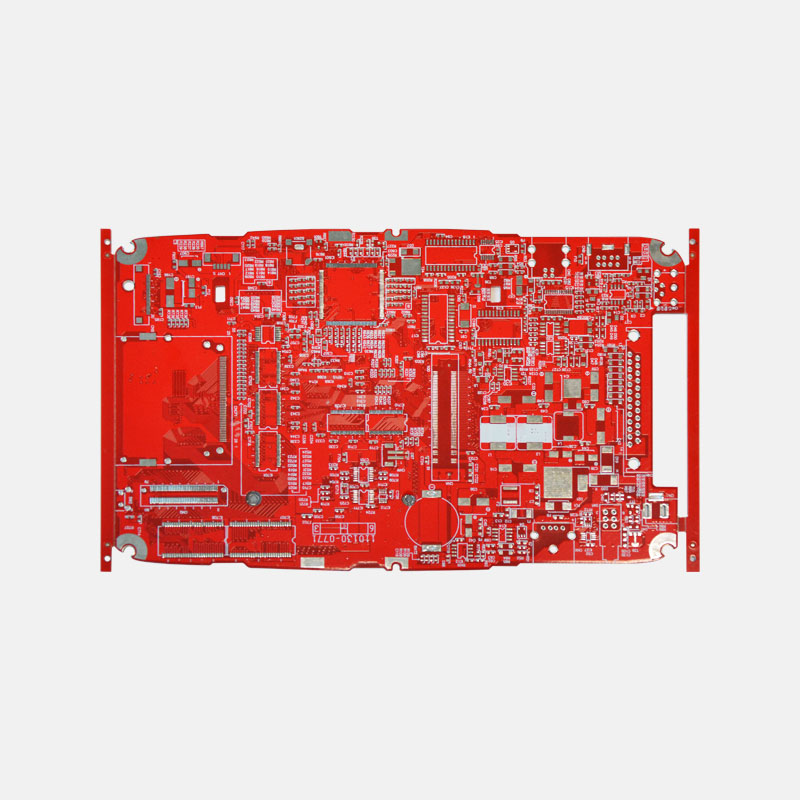What is the cost factor of Rigid PCB?
Rigid PCBs, or printed circuit boards, are an essential component in various electronic devices. While their functionality is evident, understanding the cost factors associated with rigid PCBs is equally important for businesses and consumers. Several factors influence the cost of rigid PCBs, including material choice, design complexity, production volume, manufacturing technology, and additional services.
1. Material Choice
Choosing the right materials for Rigid Flex PCB construction significantly influences the overall cost. Different materials vary in their properties, durability, and electrical conductivity. Common options include FR-4, aluminum, and flex material. FR-4 is the most cost-effective choice for rigid PCBs, while aluminum and flex materials tend to be more expensive due to their unique properties.
2. Design Complexity
The complexity of the PCB design plays a pivotal role in determining the final cost. A more intricate design with complex features and multiple layers requires additional manufacturing steps and materials. SMT components, smaller traces, dense circuitry, and tight tolerances increase complexity and drive costs up. Simple designs with fewer layers are generally more cost-effective.
3. Production Volume
The volume of PCBs needed affects the cost. Mass production allows for economies of scale, resulting in lower unit costs. Manufacturers often offer discounts for larger production volumes. Conversely, smaller production runs can be more expensive due to additional setup costs and inefficient use of manufacturing resources.

4. Manufacturing Technology
The choice of manufacturing technology is another cost influence. Conventional through-hole technology (THT) is less expensive than surface mount technology (SMT). SMT involves soldering components directly onto the PCB surface, enabling higher component density but requiring more advanced and expensive equipment for production. More advanced manufacturing technologies, such as multilayer PCBs or high-frequency boards, also contribute to increased costs.
5. Additional Services
Additional services requested during PCB manufacturing can impact pricing. These services may include testing, quality assurance, special packaging, or customized processes. Extra steps beyond standard production processes add to the overall cost but may be necessary to meet specific requirements or comply with industry standards.
In conclusion, understanding the cost factors associated with rigid PCBs is crucial for businesses and individuals looking to procure or develop electronic devices. Material choice, design complexity, production volume, manufacturing technology, and additional services all contribute to the final cost of rigid PCBs. Evaluating these factors and making informed decisions can help optimize costs without compromising the quality and functionality of electronic devices.
Send PCB Files to Sales@ucreatepcba.com, We Will Quote You Very Soon!



